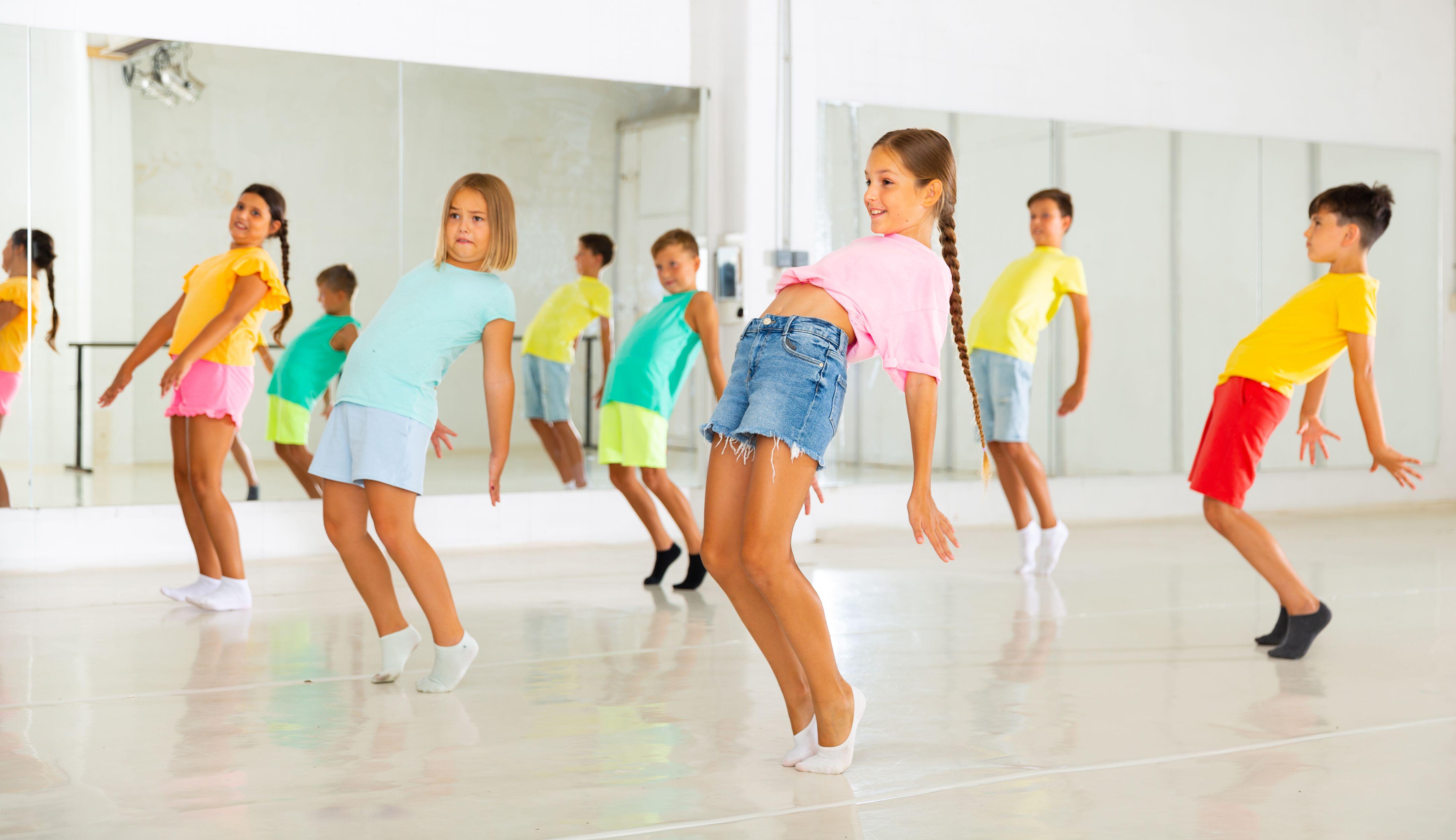
Support truly
independent journalism
Our mission is to deliver unbiased, fact-based reporting that holds power to account and exposes the truth.
Whether $5 or $50, every contribution counts.
Support us to deliver journalism without an agenda.

Louise Thomas
Editor
Talented breakdancers from across the globe are heading to Paris this week to show off their best flips and tricks at the Olympic Games for the very first time.
These energetic b-boys and b-girls make breaking – otherwise known as breakdancing – look effortless, but many of them have been perfecting their incredible skills since they were kids.
After watching the Olympic coverage, your child might be eager to try breaking for themselves, so here is everything you need to know to help them get started…
What is breaking?

“Breaking is a style of dance that developed in New York in the 1970s when hip hop emerged,” explains long-standing New York City Breaker member Tony Wesley, also known as Mr Wave. “It is danced to percussion-heavy beats of funk and hip hop, it’s known for acrobatic spins, flips, and kicks.”
But why do some people refer to it as breakdancing?
“Breaking and breakdancing both refer to the same dance style and for most, the term used is a personal preference,” explains Wesley. “The term breaking originates from the 1970s and was coined by pioneers of the dance form in the Bronx, New York City.
“Many people within the breaking community prefer using the term breaking as its deep-rooted in the cultural and historical significance of the dance.”
Wesley has been a dance educator for more than four decades and has recently partnered with study app Quizlet to make revision sets that teach children about the new Olympic sport’s culture, history and competitions.
What are the benefits for kids?

Breaking is a great workout, but it could also help build your child’s social skills.
Wesley explains: “Breaking can be an enriching activity for kids, not only contributing to their physical health and mental development, but also teaching them core social skills by engaging with other dancers and teachers.
“The diverse range of movements in breaking can help with a child’s flexibility, balance and coordination, while the desire to learn moves and routines requires discipline and concentration, arming children with these skills for later in life.”
Jamie Berry, director and dance teacher at UK Breakin‘, agrees and says that mastering these epic moves does wonders for young people’s confidence.

“A lot of the kids I teach are neurodiverse, they go from being these quiet little mice in the classroom to then having these big voices where they just want to share and tell you everything,” says Berry. “It is all about raising people’s confidence to levels they didn’t even believe they were capable of.
“Lot of kids with ADHD and autism find a home in breaking and hip-hop because there is always something for them to do and something to engage with.”
Learning complex dance routines could also help improve you child’s memory.
Wesley says: “Memory can also be improved when breaking, as children learn and remember certain moves and routines, improving their overall recall capabilities.”
What do you need to get started?

The most important thing you need to bring to the dance studio is a positive attitude.
“You just need a pair of trainers, some clothes that you are comfortable in and can move in, and a good teacher,” says Berry. “Plus the ability to try, and not be afraid to fail because failure is your first attempt at learning.”
How can kids try breaking this summer?
This new Olympic sport is open to everyone, regardless of age, background and capabilities.
“Breaking classes are accessible to a variety of ages, and beginner classes are an option for those as young as four/five years old,” says Wesley. “Many dance studios offer summer programs or workshops specifically for breaking, so you’re best looking for beginner classes that cater to kids.
“It’s important for those wanting to get into breaking to find professional trainers to help prevent injuries and to ensure that from the get-go they’re able to execute moves safely as well as nail the techniques properly.”

UK Breakin’ is the national governing body for breaking sports, arts companies, practitioners, teachers and has an interactive map on its website that shows where its registered classes are taking place.
In addition, some leisure centres and dance studios also offer breaking classes.
“Every teacher is different but I know on the UK Breakin’ course, for example, we have made it quite simple,” says Berry. “They begin with a cross step, a cross step over, a lazy get down or a knee drop… just to get them introduced to it and get them excited about breaking.”







